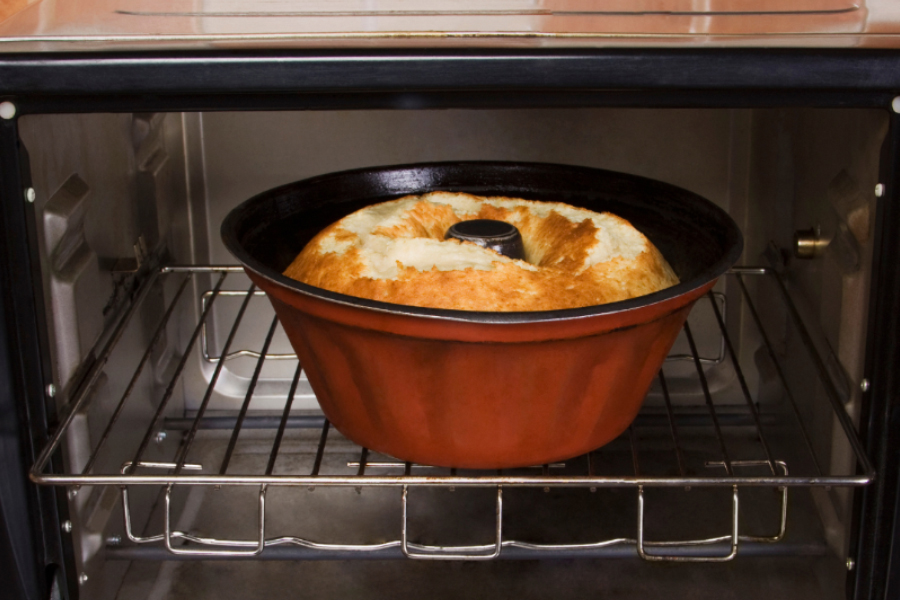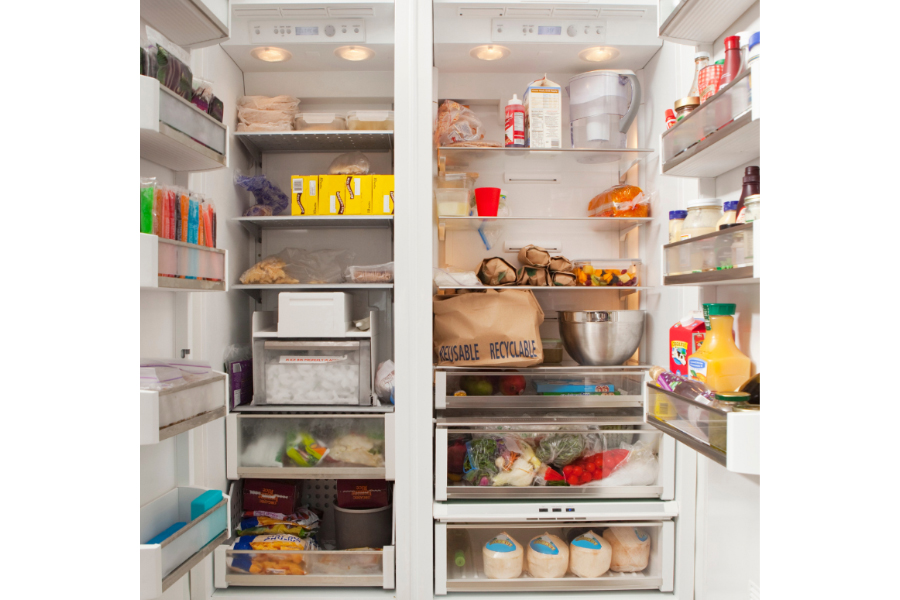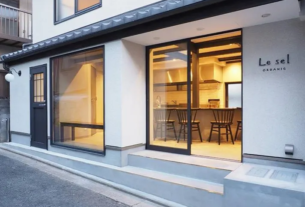Ears out, people! Many people are ordering ready to eat meals in Singapore as they are convenient yet healthier and more delicious than fast-food. But it is inevitable to have leftover meals.
Here are some tips on how to store your leftover ready-to-eat meals:
Tip #1: Use high-quality containers for storage
Asians love to recycle plastic ice cream tubs as food containers. Although it is not a bad idea, it does not provide proper protection for the food, unlike high-quality food containers.
You can’t store the risotto in an ice cream tub or plastic bag and expect it to taste like it was made by a Michelin-starred chef. Get yourself some high-quality containers that are airtight and have proper lids.
You don’t want your leftover meals to be contaminated by anything else in the fridge. It’s like adding a side of a unicorn to a lentil soup— it just doesn’t work.
Tip #2: Label your containers
The label can save you from food poisoning. When storing your leftovers or frozen ready to eat meals in Singapore, make sure you label them with the name of the dish and the date it was made.
Trust me; you don’t want to open a container of spaghetti Bolognese two weeks later and wonder if it’s still edible. Label it like your life depends on it because it literally is!
Tip #3: Proper portioning
The golden rule in storing leftover ready-to-eat meals in Singapore is proper portioning. Portion them out into individual servings. Not only does it make reheating easier, but it also helps prevent food waste.
It’s like having a little piece of heaven waiting for you in the fridge. The best part is it will save you money since you can consume the portioned food for several days more.
Tip #4: Chill it, baby!
The oldest trick in the book— refrigerate your leftovers. Ensure your leftovers are fully cooled before storing them in the fridge.
Hot food in a warm container will cause bacteria to grow, which can make you sick. It’s like playing with fire – it’s not worth the risk. So, let your leftovers cool to room temperature, then pop them in the fridge.
Tip #5: Keep it organised
Your fridge organisation can also affect the shelf life of your leftover ready to eat meals in Singapore. Ensure your leftovers are stored in a way that allows for proper air circulation.
If you have a lot of containers, stack them neatly, so you can see what’s in each one. And for the love of all things Italian, don’t let your leftovers get lost in the back of the fridge. That’s where all the monsters live!
Tip #6: Reheat with care

Reheating your food makes it feel like it is newly cooked. Microwaving is convenient, but it doesn’t heat food evenly.
When reheating something like risotto, it’s best to transfer it to a saucepan and heat it on the stove. It will ensure that it’s evenly heated and doesn’t turn into a mushy mess.
There are many benefits of proper leftover storage. Besides reducing food waste, you also save up some money by consuming reheated leftovers rather than ordering a new meal. But for your safety, always follow these tricks.
Are you looking for an OEM food manufacturer in Singapore? Visit Taste Asia today.





